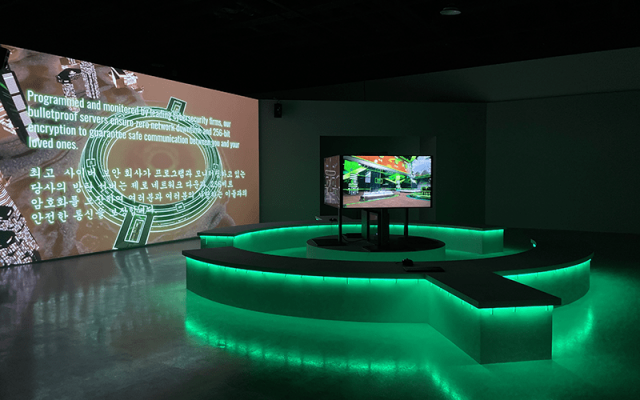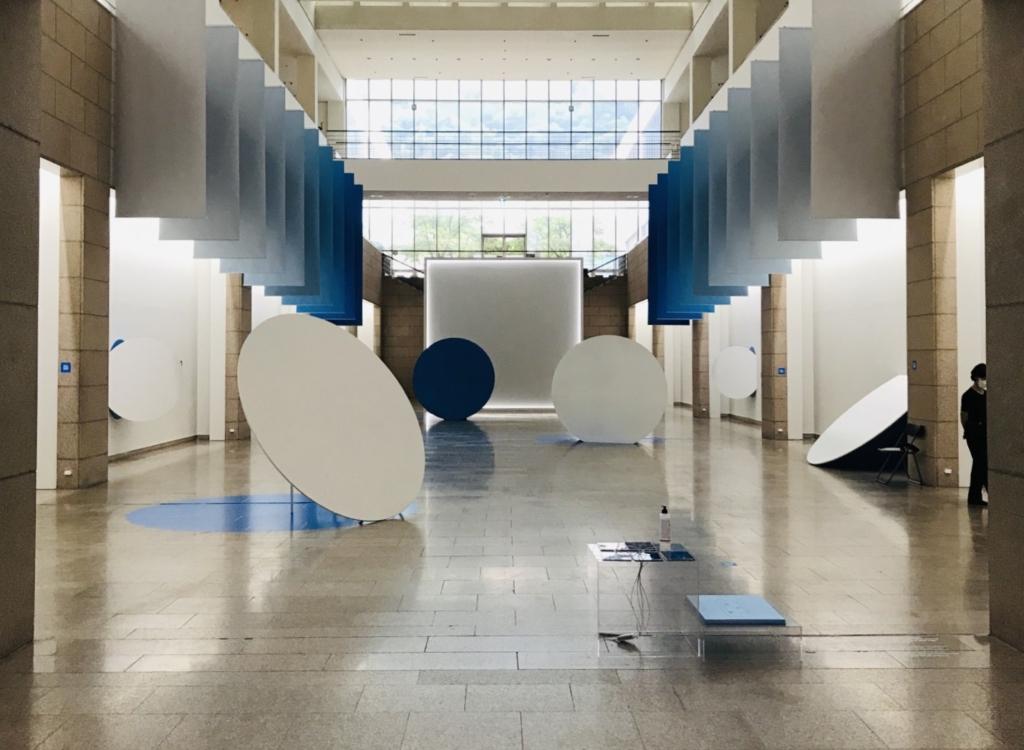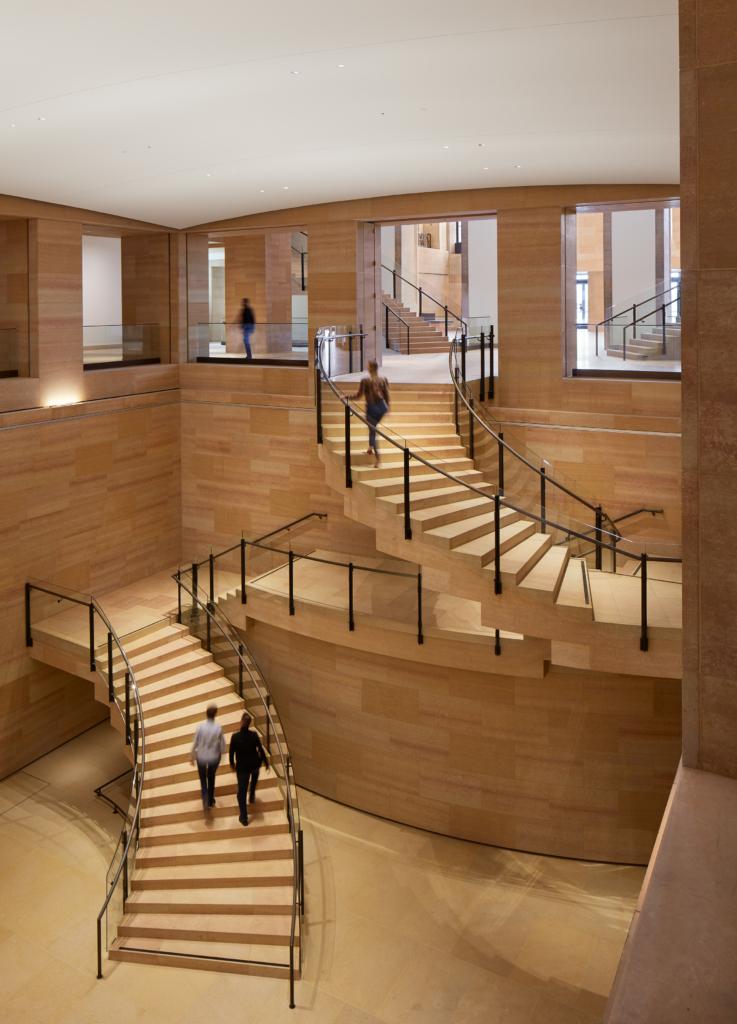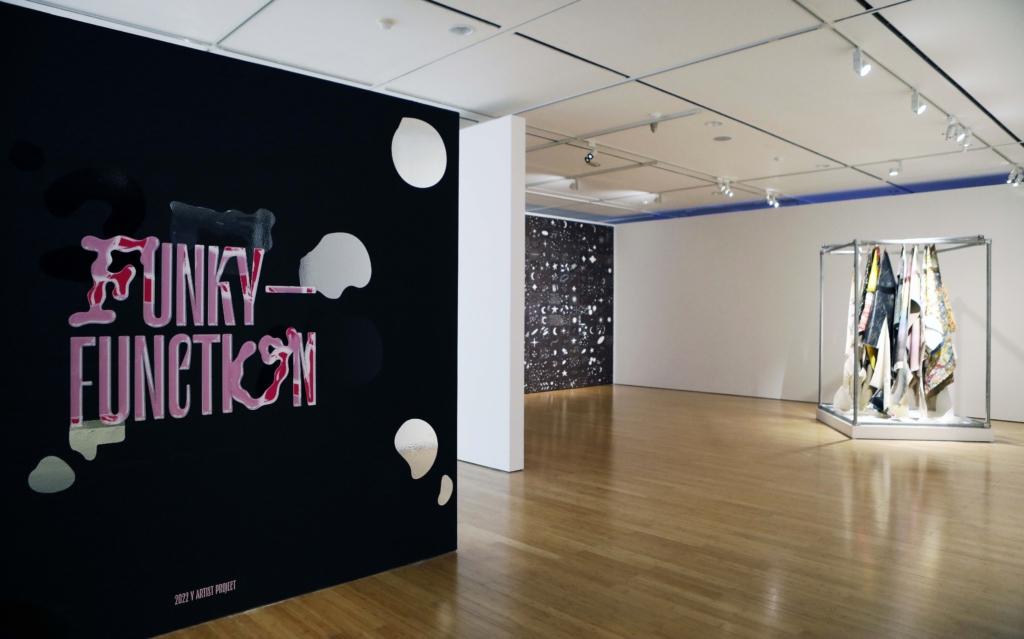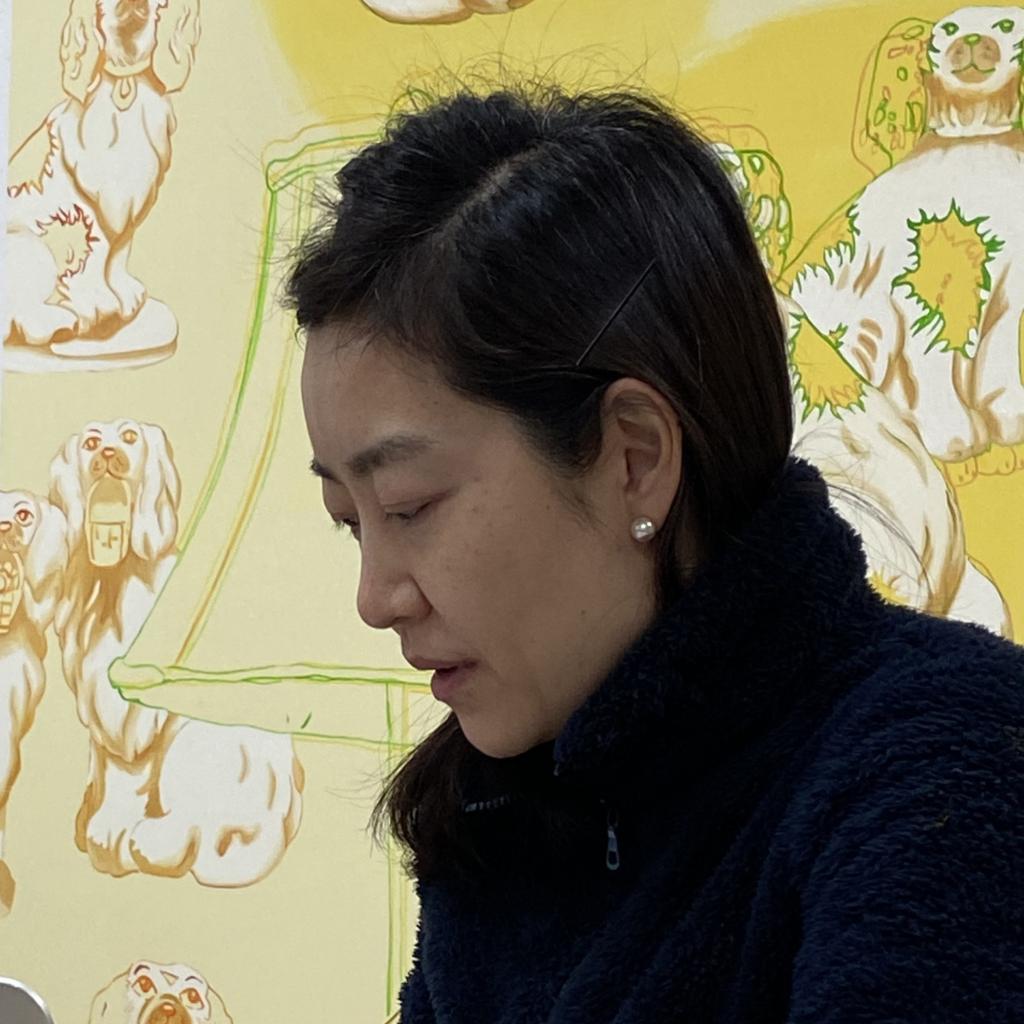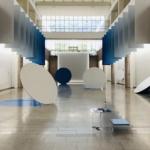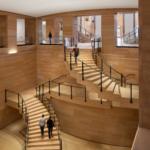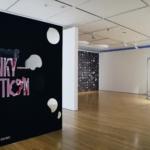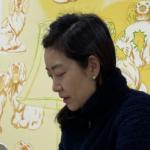Opening of the Gwangju Media Art Platform (G.MAP)
Gwangju Media Art Platform or G.MAP, a new visual art center specializing in digital arts, opened on March 30. The center is located in Gwangju, a city in the southwest corner of South Korea.
The inaugural exhibition, Digital Resonance, will be held from March 30 to June 29, and a large media façade on the outer wall of the building will feature artworks and projects starting in June.
G.MAP, a three-story building with two basement floors, will serve as an addition to the Gwangju Museum of Art. The center will hold various art exhibitions and educational programs that encourage the integration of art and science and strengthen cultural and academic interactions.
Following its designation as a UNESCO Creative City Network (UCCN) of Media art in 2014, the city has engaged in numerous public projects, including planning the G.MAP.
The UCCN was created to enhance cooperation between cities that pursue sustainable urban development through culture and creativity. While there are 22 UNESCO creative cities all over the world in the media art field, Gwangju was the fourth in the world and the first in Korea to be designated by UNESCO.
Since 2017, national and municipal funds of about 2 billion KRW (approximately $1.64 million) have been invested in the city to foster the media art-related industry. The city has built several art spaces for the public to explore and learn about media art, including a holographic theater, media playground, media archive, media 338, digital gallery, and hologram façade.
G.MAP was first established as Art & Media Technology Center (AMT) in May 2017. The center’s name was changed to G.MAP once the building was completed in December 2021, to represent the center’s mission to “draw the future of Gwangju with media art.”
Jeon Seung-bo, director of Gwangju Museum of Art, said, “With the opening of G.MAP, we plan to make Gwangju a city specializing in media art that coexists with the lives of citizens.” “It is expected to become a landmark of Gwangju, the center of contemporary art culture and worldwide media art.”
The opening exhibition, Digital Resonance, presents artworks that embody immersive experiences, including artificial intelligence (AI), virtual reality (VR), kinetic and interactive art, and audio-visual performance. The exhibition features 22 pieces by 14 international artists from 14 different nations, as well as 7 Korean artists.
The exhibition is divided into four sections, each showcasing a different aspect of digital art. The issues we confront in the digital age are depicted in the first gallery under the theme of the Current Situation. Future Days in the second gallery invites visitors to imagine a future in which art and technology are more intertwined than ever before, while Resonance Between Nature, Humans, and Machines in the third gallery explores the coexistence of art and technology. Experimental works that combine art and technology are introduced through audio-visual performances in the fourth gallery.
The exhibition features media artists, including Mexican-Canadian electronic artist Rafael Lozano-Hammer, who has had exhibitions at MoMA in New York, Tate in London, and Amorepacific Museum of Art in Seoul, and Swiss new media artist Marc Lee, who has had exhibitions at the ZKM in Germany, the New Museum in New York, and Ars Electronica in Linz.
Aproject Company. Co., Ltd | Founder & CEO : Jay Jongho Kim
216 Dosan-Daero, B2F, Gangnam-gu, 06047 Seoul, Korea
Business Number : 894-88-01945
Contact : aproject.company@gmail.com
Mail-order-sales registration number : 제 2021-서울강남-04243 호












